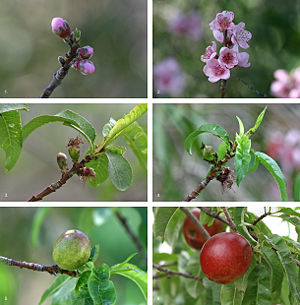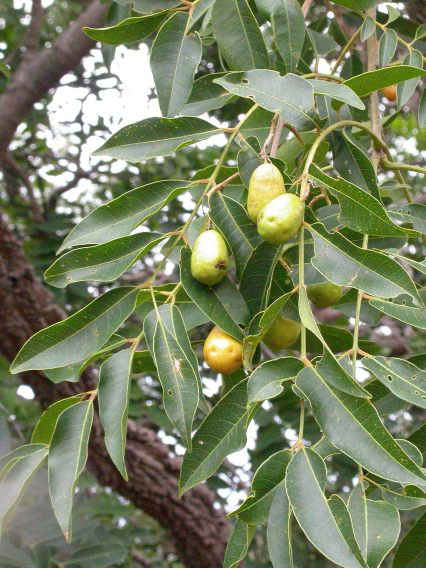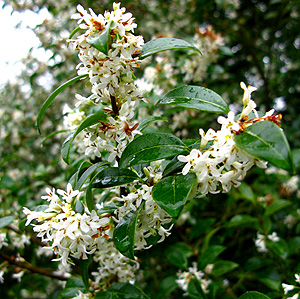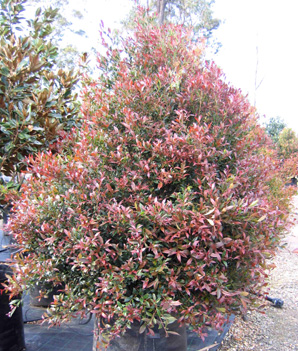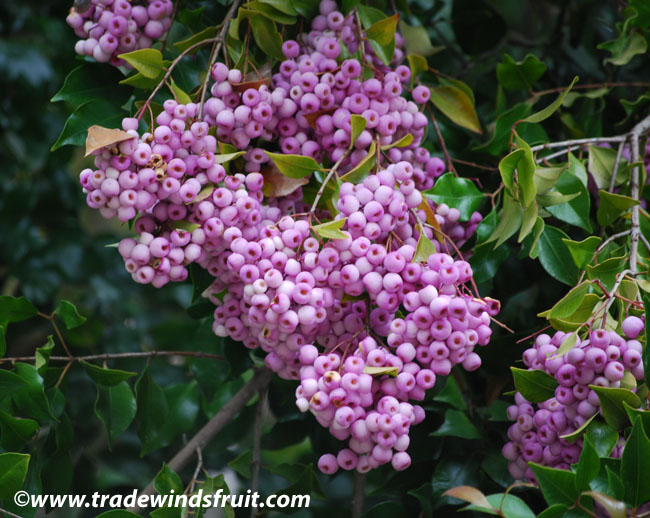my site
Ligustrum vulgare (Wild Privet, also sometimes known as Common Privet or European Privet) The flowers are produced in mid summer in panicles 3-6 cm long, each flower creamy-white, with a tubular base . The flowers produce a strong, sweet fragrance that many people find unpleasant., popular with butterflies and birds. The fruit is a small glossy black berry 6–8 mm diameter, containing one to four seeds. The berries are poisonous to humans but readily eaten by thrushes, which disperse the seeds in their droppings The species was used for hedging. This is the variety that is most often included in mixed native hedges to give some element of evergreen cover in Winter .
Ligustrum japonicum , Japanese ligustrum , Ligustrum vulgare - Privet(Japanese privet )
large shrub or tree that is usually seen at 6-12 ft (1.8-3.7 m) . In spring, white flowers are borne on large terminal clusters (panicles) 5-8 in (12-20 cm) long. The flowers produce a perfume , somewhere between sweet and malodorous , that is not particularly pleasant as well as quantities of pollen that many people find bothersome. The blossoms are followed by green berries that ripen to dull black in winter and tend to persist on the plant for most of the year. The fruit is used in herbal medicine as a cardiotonic, diuretic, laxative and tonic treatment . Distinguished from most other Ligustrums by its large, thick, glossy leaves and usually glabrous twigs.
Ligustrum ovalifolia Aureo-marginata
Ligustrum ovalifolia Aureo-marginata - privet oval range Shrub, full sun or half shade. Can shape the trunk of a well bonsai tree. Up to 5 feet tall. Durable and sturdy plant for use as a living fence or plant container free
Ligustrum lucidum Ait
a semi-evergreen shrub or small tree that grows up to 40 ft. (12.2 m) in height. Flowering occurs in late summer, when very abundant, white flowers develop at the end of branches in 5-8 in. (12.7-20 cm) long clusters. Fruits are long, oval, fleshy and ripen to a dark blue to black color. persist into winter. once established, is very difficult to remove. It is commonly used as an ornamental shrub and for hedgerows.
# Order Lamiales
# Family Oleaceae
Main stem: Short, broad (up to 0,6m diam.), branching. Bark corky, fissured, grey-brown. Evergreen with gray-green leaves. Can reach up to 15 m. Tree and a special appearance and design, especially when combining it with rocks. Despite the form and design, there is a big tree for bonsai, bonsai are not considered as a growth. Red fruit from May to June. The tree was named after French botanist Pierre Koson (1727-1783). Flowers fragrant and full of nectar, and attract all flying. The tree is considered to be frugal with water
Leaves: Arranged spirally on ends of branches. Compound, digitate (up to 600mm diam.); 7-9 leaflets (100-300 x 20-60mm), pale blue green to green, entire to deeply lobed, never cut to midrib (as in C. spicata), margin broadly serrated, tapering to base and to pointed tip, stalk short (15-30mm). Leaf stalk up to 300mm long. Bark Soft and easy is used to build wheels restraints. Some parts of the tree toxic if swallowed. Ground root is used in popular medicine for the treatment of malaria infection. The leaves are used to treat indigestion. When a small tree can be used as a plant flowerpot flowerpot
Flowers: Small, greenish, in dense, cylindrical spikes (25-50mm long), in long sprays, forming a large branched terminal inflorescence (January-March). Fruit: Purplish, round, fleshy, small (6mm diam.), crowded in spikes (April-August).
Jan 22, 2006
Many camellias are blooming in the Linnean House. Peak bloom in this conservatory typically occurs in mid to late February. The ...
powered by |
 |





